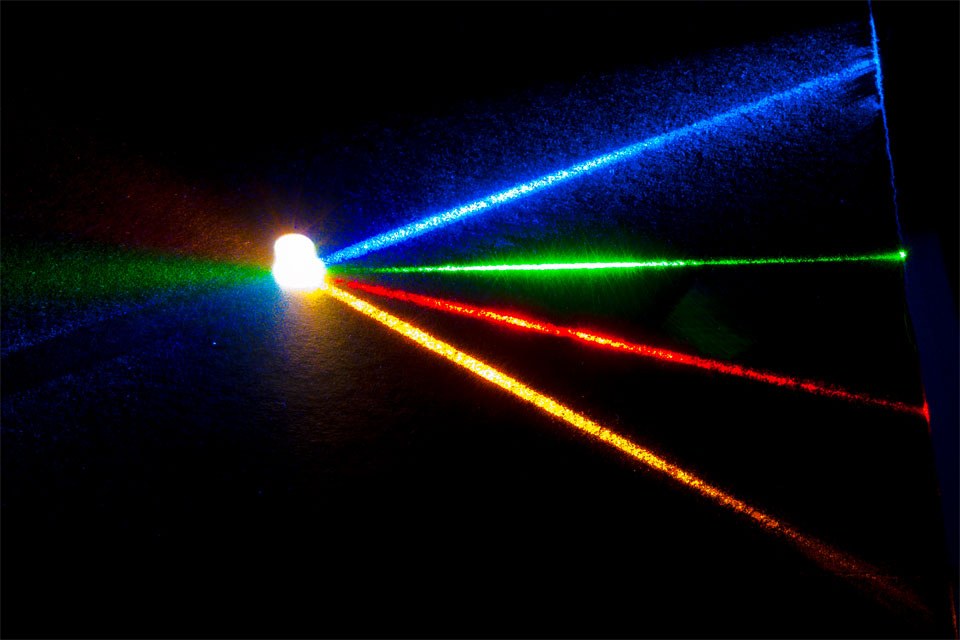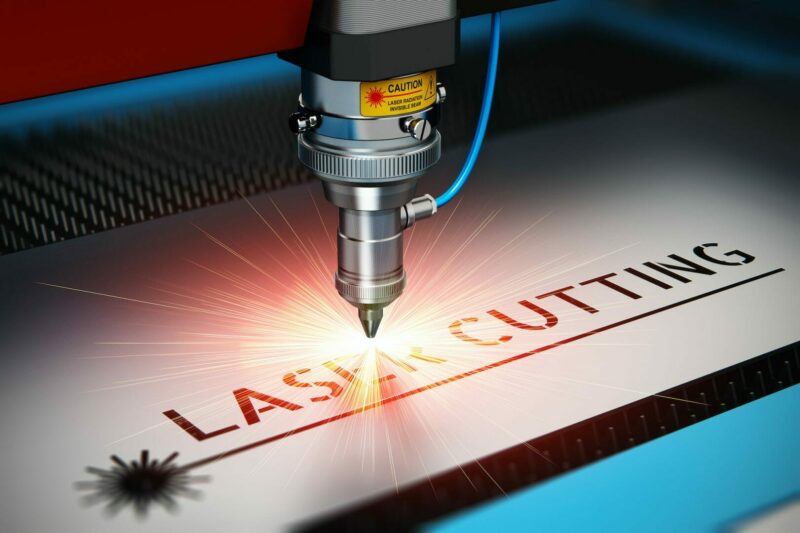The use of laser machine technology has revolutionized many industries, from automotive manufacturing to medical treatments. Despite its potential, current laser machine technology is not without its limitations and challenges.
This article explores the boundaries of this powerful tool and how it affects different applications. We will examine the difficulties faced by engineers in developing new technologies that can overcome these constraints as well as the potential solutions currently being explored.
Additionally, will explore what the future holds for this innovative technology and how it can be further developed to better serve humanity’s needs.
Understanding the Capabilities of Laser Machines
The capabilities of laser machines are vast and varied, from welding to cutting materials with incredible precision. They provide a reliable and efficient way for manufacturers to produce high-quality products in less time than ever before.
But despite their advantages, there are still certain limitations and challenges associated with using current laser machine technology. For starters, these machines require specialized skills and training for operation, which can be costly or difficult to find depending on the scale of production needed.
Additionally, due to their intense heat output during operation, they must be carefully monitored to ensure safety standards are met at all times. Furthermore, the cost of purchasing a new machine is often prohibitively expensive for many businesses or individuals looking into such technologies as an option.
Finally, it’s important to note that lasers operate best within specific parameters – meaning any changes made outside those limits can cause them to malfunction or decrease in efficiency quite easily. That being said some experimentation may be necessary when operating laser machines to achieve optimal performance without risking damage or injury due to its hazardous nature.
With this knowledge, operators can better understand both what their equipment is capable of achieving as well as how far they can push boundaries without breaking laws or regulations set forth by governing bodies around the world
Identifying Limitations and Challenges in Current Technology

The current state of laser machine technology presents several limitations and challenges for those seeking to use it in their day-to-day operations. For instance, the accuracy of lasers can be greatly reduced due to environmental factors, such as dust or humidity levels.
Additionally, the cost of operating a laser machine is often high compared to other types of machines available on the market. Furthermore, safety protocols must be strictly followed when utilizing a laser machine because they are powerful tools that can cause serious harm if used improperly.
Moreover, these machines require maintenance and repairs which can add significant time and resources to their operational costs. Finally, replicating complex designs with current laser technology can prove difficult due to its limited design capabilities.
To overcome these challenges and make full use of this powerful technology today’s engineers must constantly strive for innovation and improvement in all aspects related to designing better quality systems that offer increased accuracy while reducing costs associated with operation and repair work. However, this is no easy task as continually advancing technologies present new issues along with opportunities for exploration into more efficient solutions than ever before seen from modern machinery
Overcoming Obstacles with Innovative Design Solutions
When it comes to laser machine technology, the possibilities are seemingly endless. However, this advanced technology is not without its limitations and challenges.
To overcome these obstacles, designers must explore innovative design solutions that go beyond current capabilities. From improved materials to revolutionary new processes, modern designs can provide enhanced performance and more efficient operation with fewer resources.
By combining creative ideas with cutting-edge technologies such as 3D printing and computer numerical control (CNC) machining, manufacturers can produce reliable parts faster than ever before – making them ideal for highly complex applications like robotics or aerospace engineering. Additionally, the use of artificial intelligence (AI) in design software enables faster prototyping iterations which reduces development time while improving product quality at a fraction of the cost compared to traditional methods.
With these solutions in place, engineers can push their boundaries and create products that exceed expectations every time — allowing them to stay ahead of the competition in an ever-evolving industry.
Exploring Potential Improvements to Existing Systems

To make the most of current laser machine technology, it is important to understand its limitations and challenges. Whilst advances in laser technology have enabled machines to work more quickly and accurately than ever before, there are still potential improvements that could be made.
By exploring ways to increase speed and accuracy further, or by looking at alternate approaches altogether, better results could be achieved. One possibility is adjusting the settings of existing systems for higher precision cutting with minimal errors.
For example, fine-tuning the power output of lasers can help reduce distortion when working on intricate designs or patterns. Additionally, utilizing different materials such as carbon fiber could improve thermal stability which would result in more accurate cuts over time. The use of automation may also help improve current laser machine technology systems.
Automation eliminates human error from production processes while also speeding up operations dramatically – especially when dealing with repetitive tasks where consistency is key. Furthermore, automated tools can provide detailed analytics about the process which allows for future optimization efforts to take place easily and efficiently.
Finally, implementing advanced monitoring software can play a major role in improving current systems too; not only will this allow operators to identify issues quicker but it will also enable them to pinpoint areas of weakness so that they can make necessary changes accordingly. This means faster response times when problems arise as well as improved safety protocols across all stages of operation – from initial setup through long-term maintenance and repair periods thereafter.
Conclusion
The current state of laser machine technology is quite impressive, however, there are still limitations and challenges associated with its use. To overcome these issues and take full advantage of the potential applications laser machines have to offer, further research and development are necessary.
With a better understanding of the various components involved in this technology, it can be used for more efficient processes in many different industries. Lasers will continue to play an important role in our lives going forward as we strive to make everything faster and more reliable – from manufacturing parts, cutting materials, or just simply creating amazing works of art.




